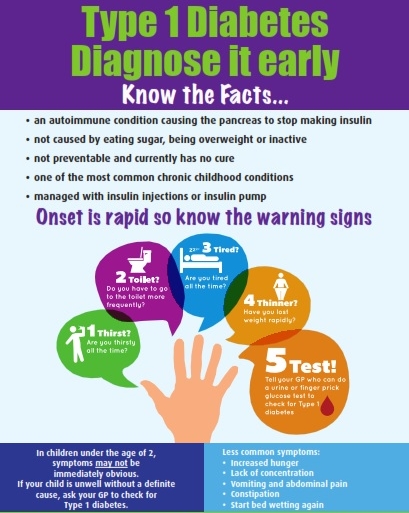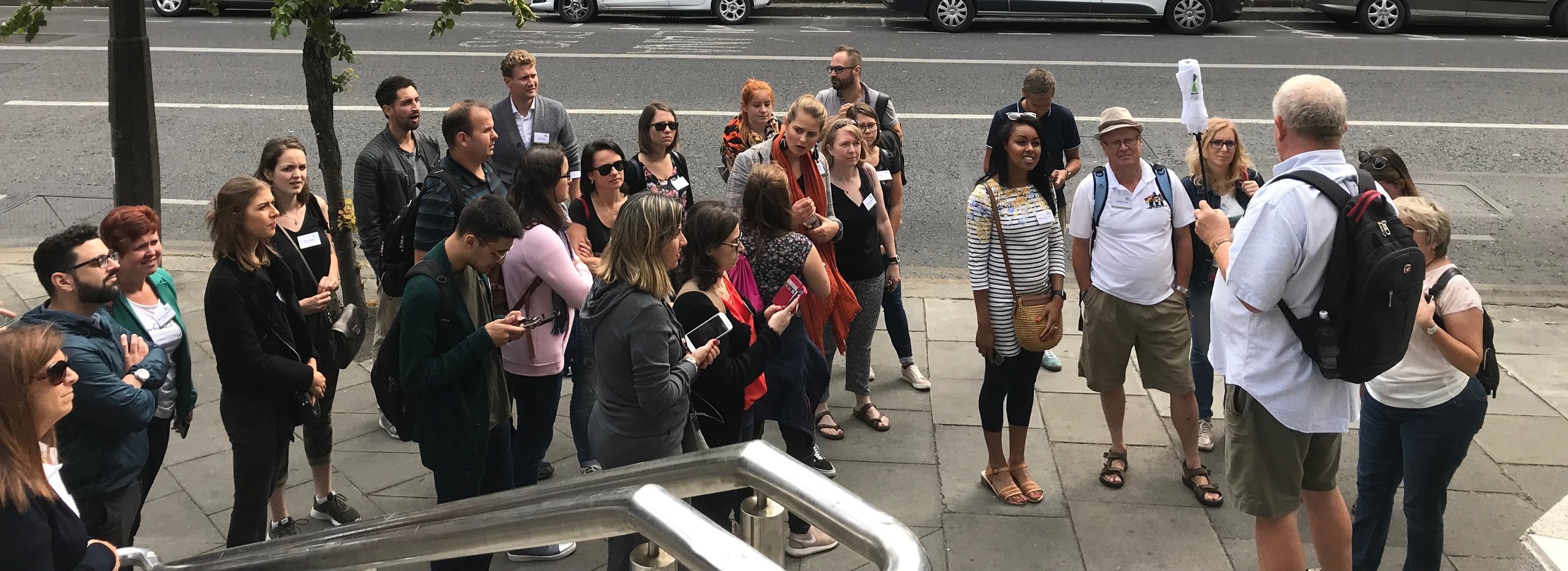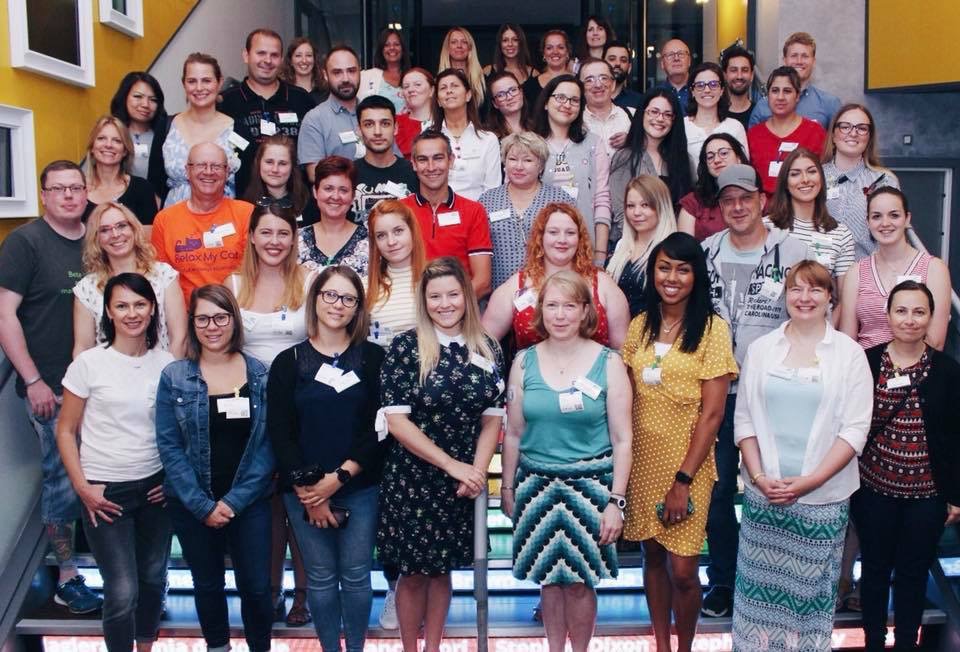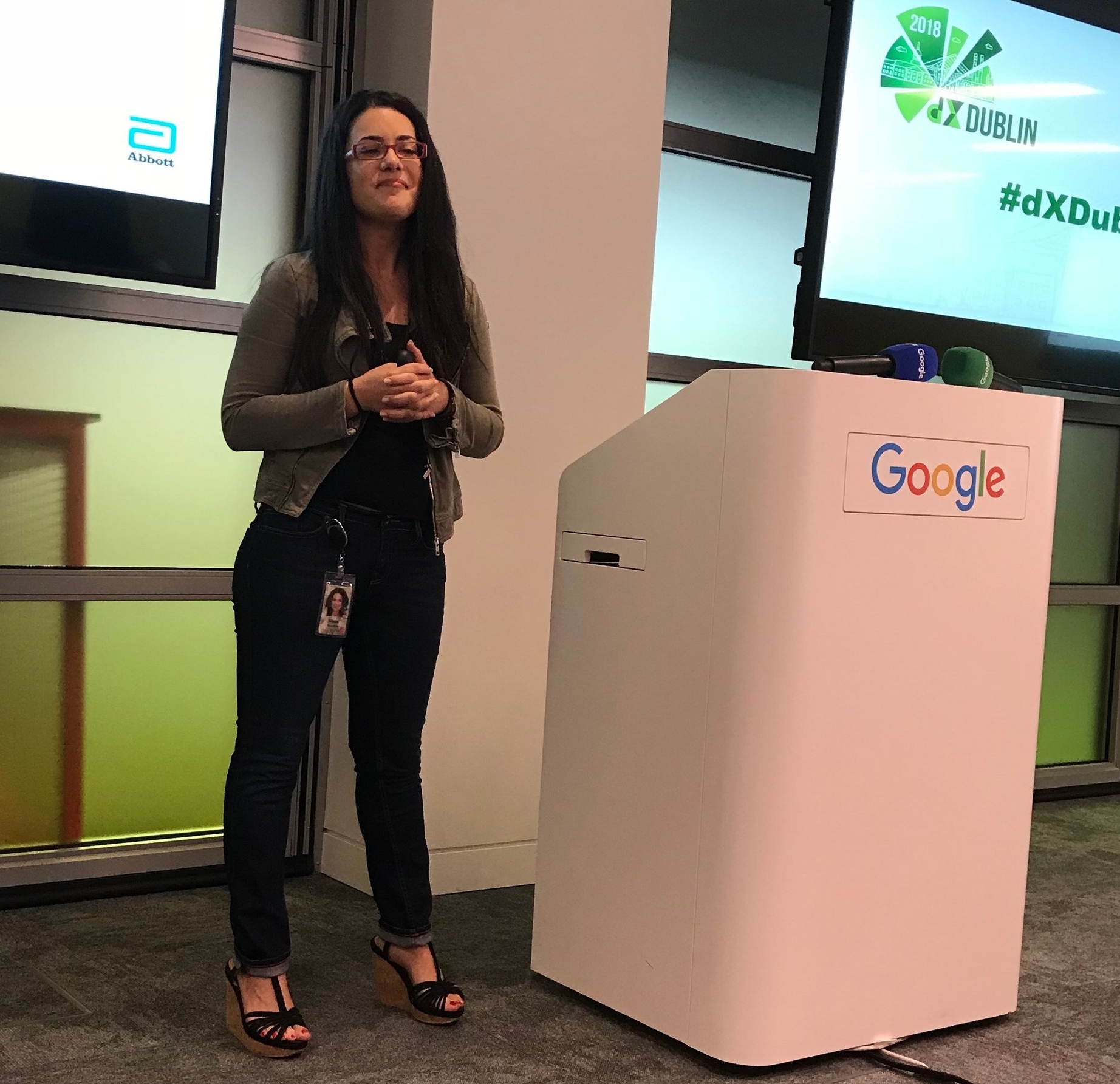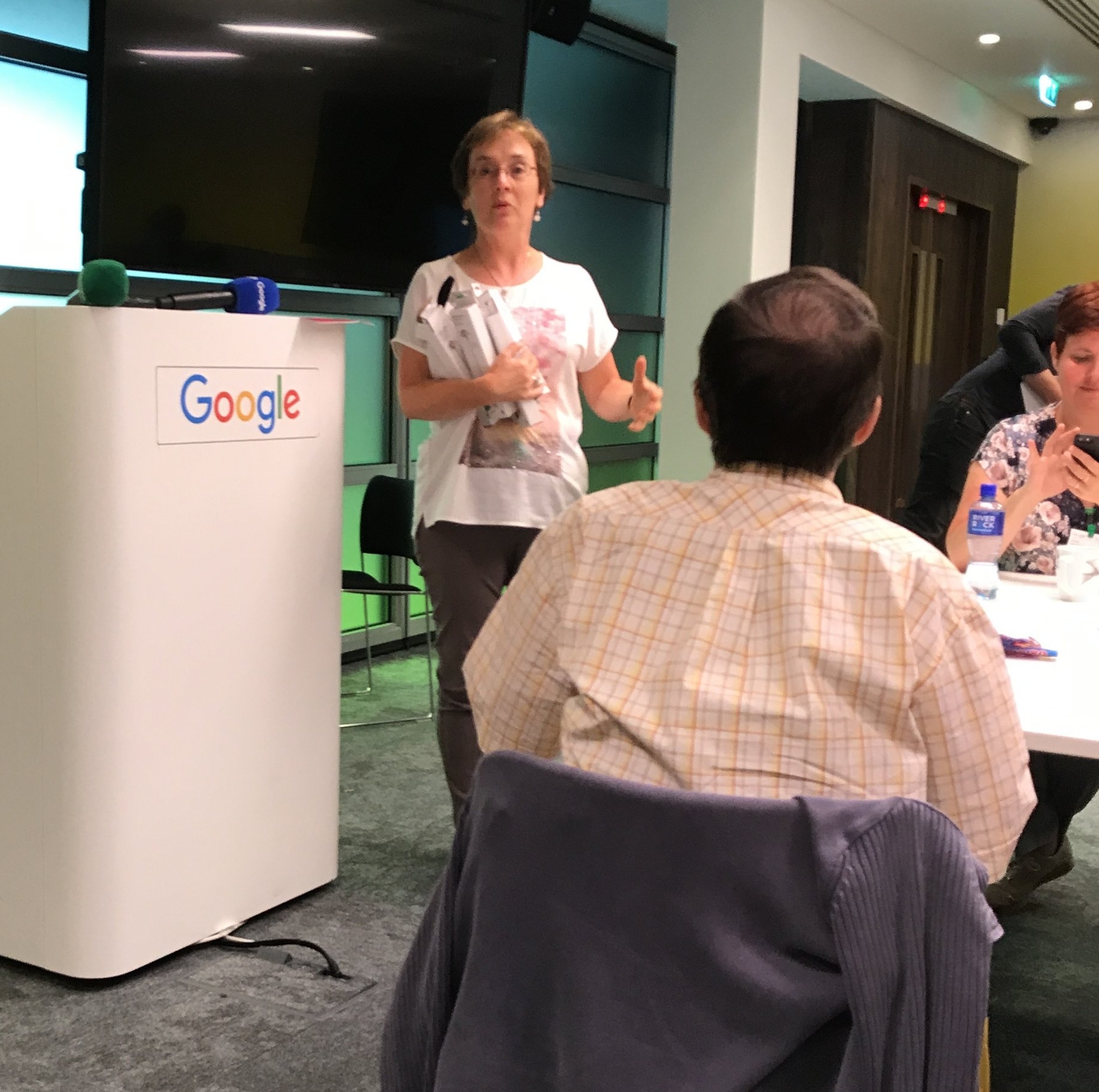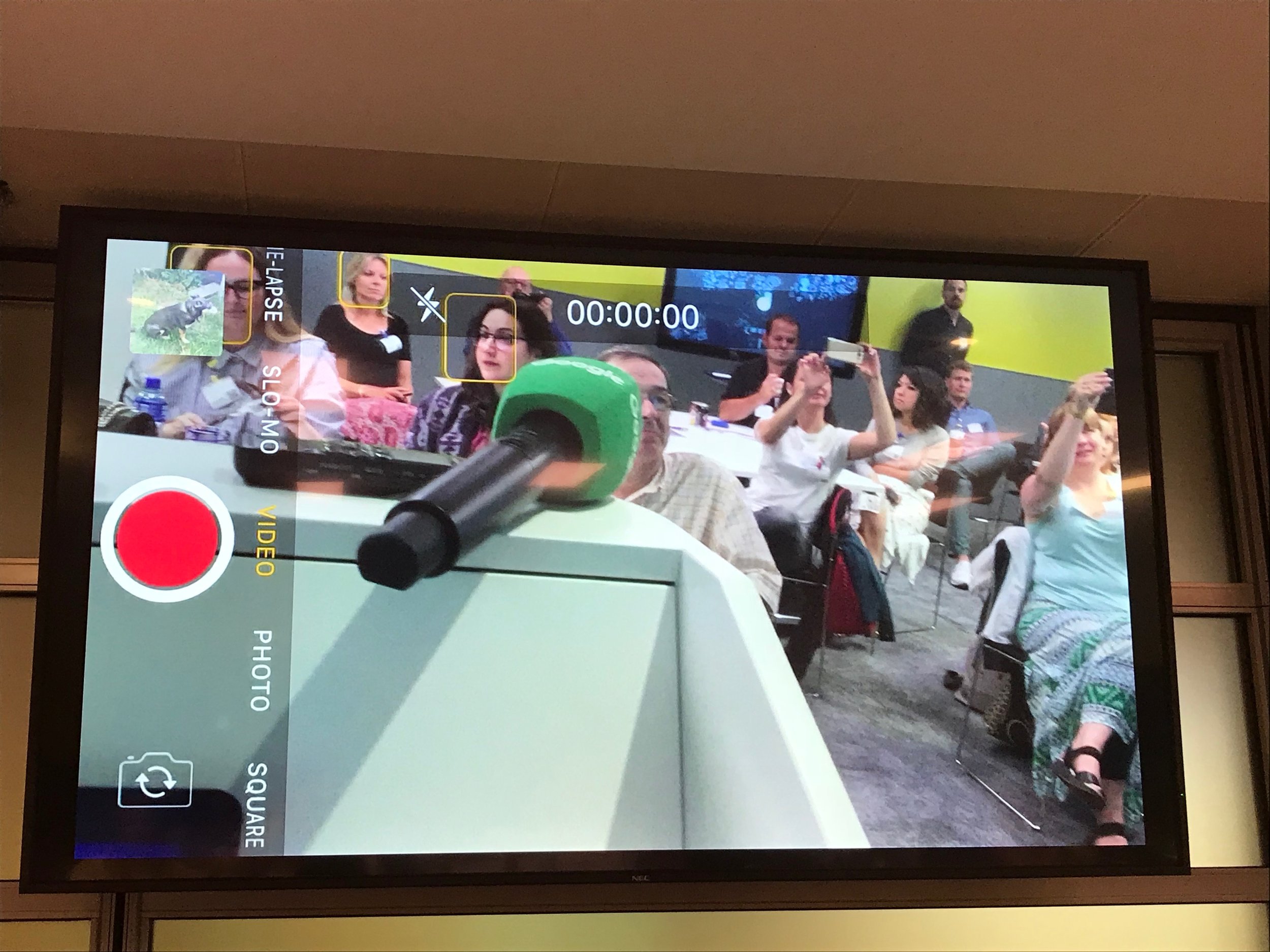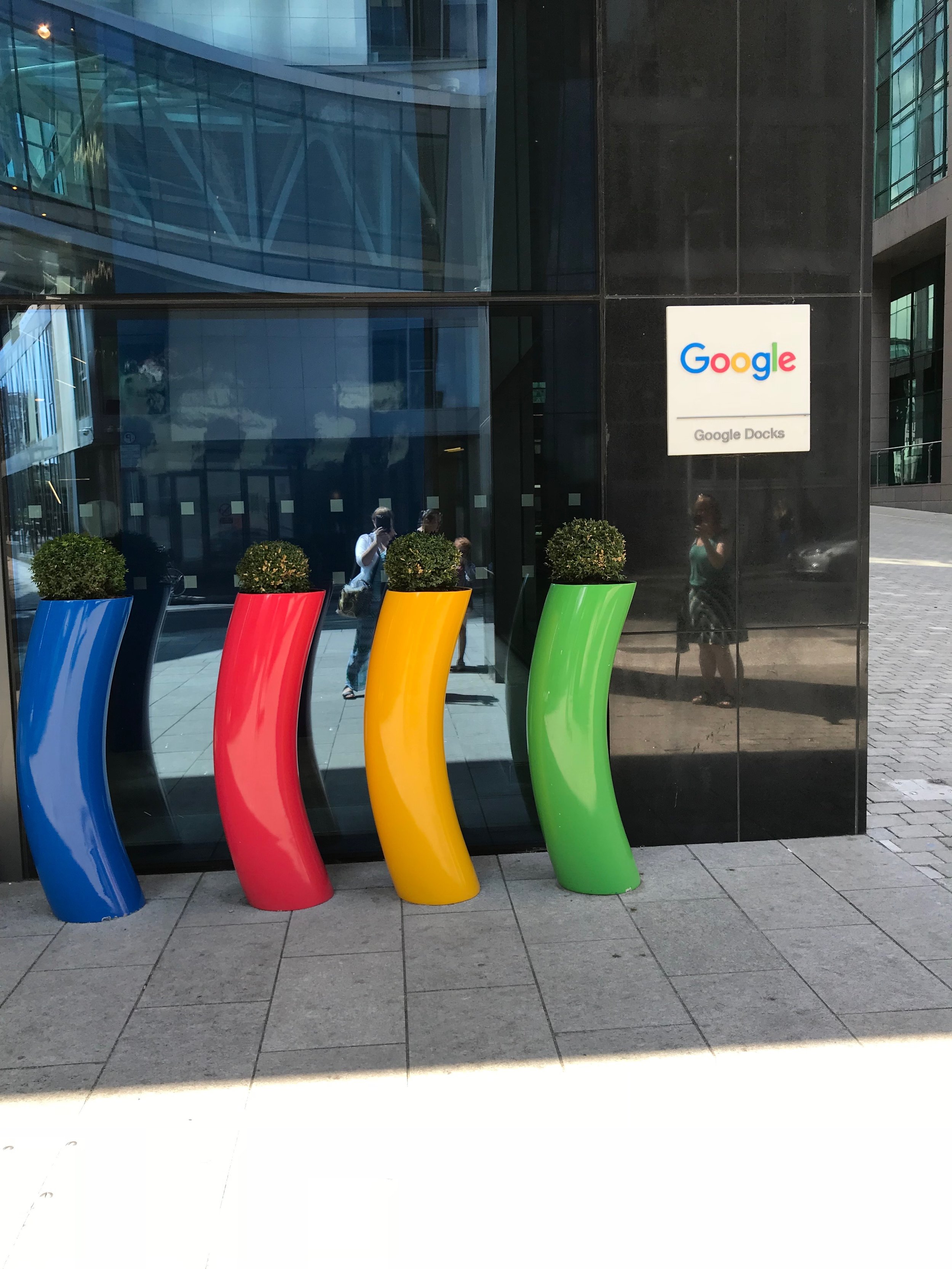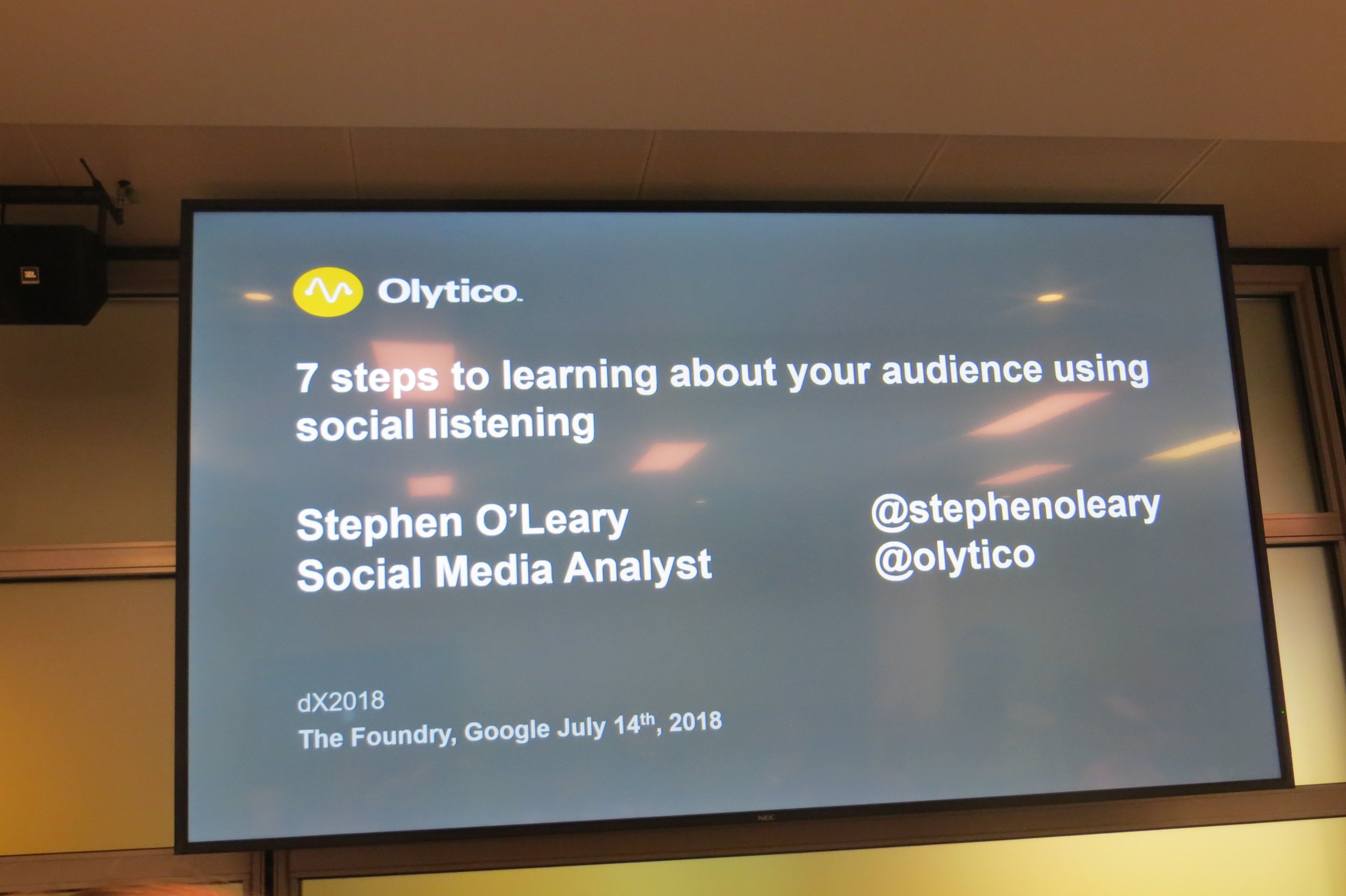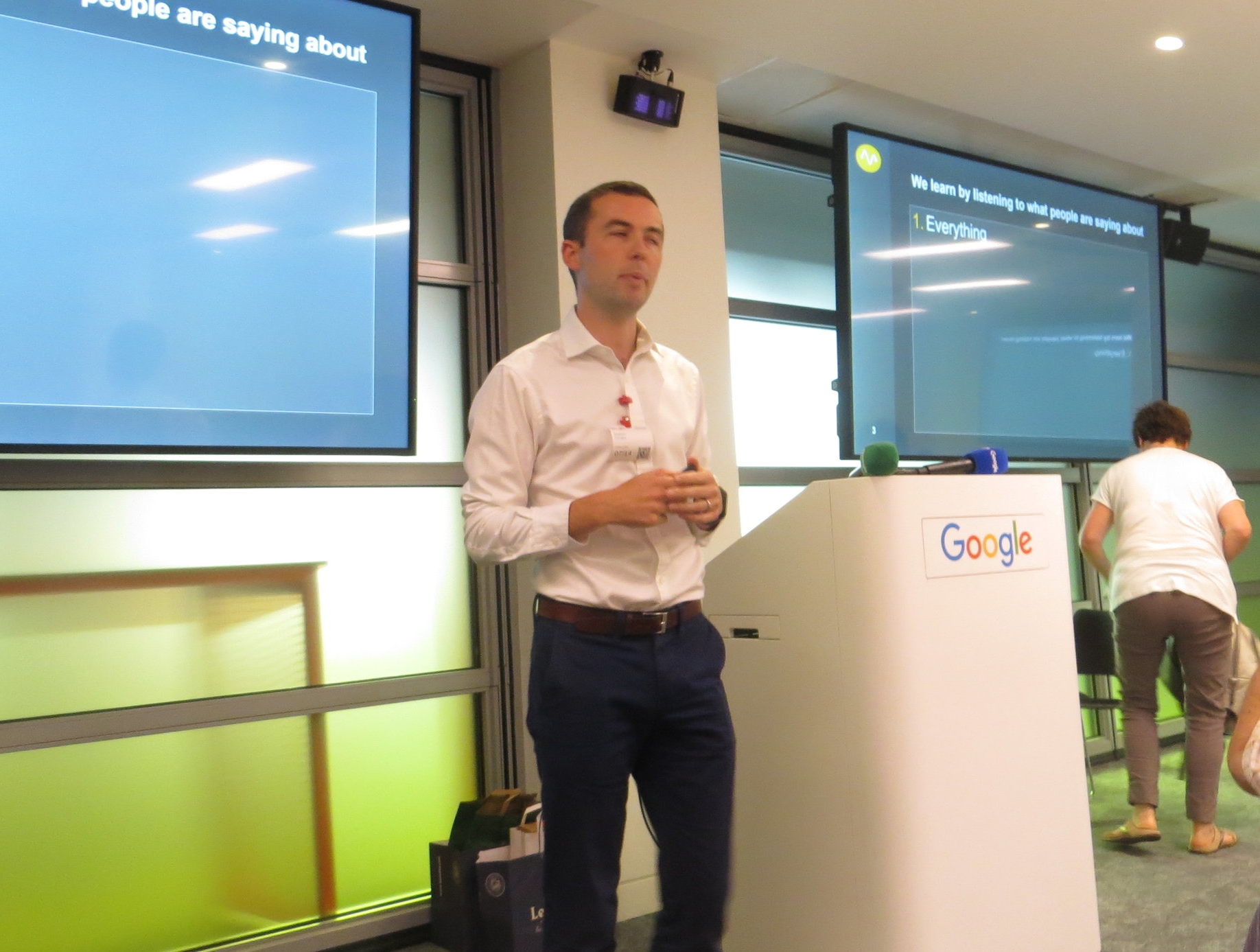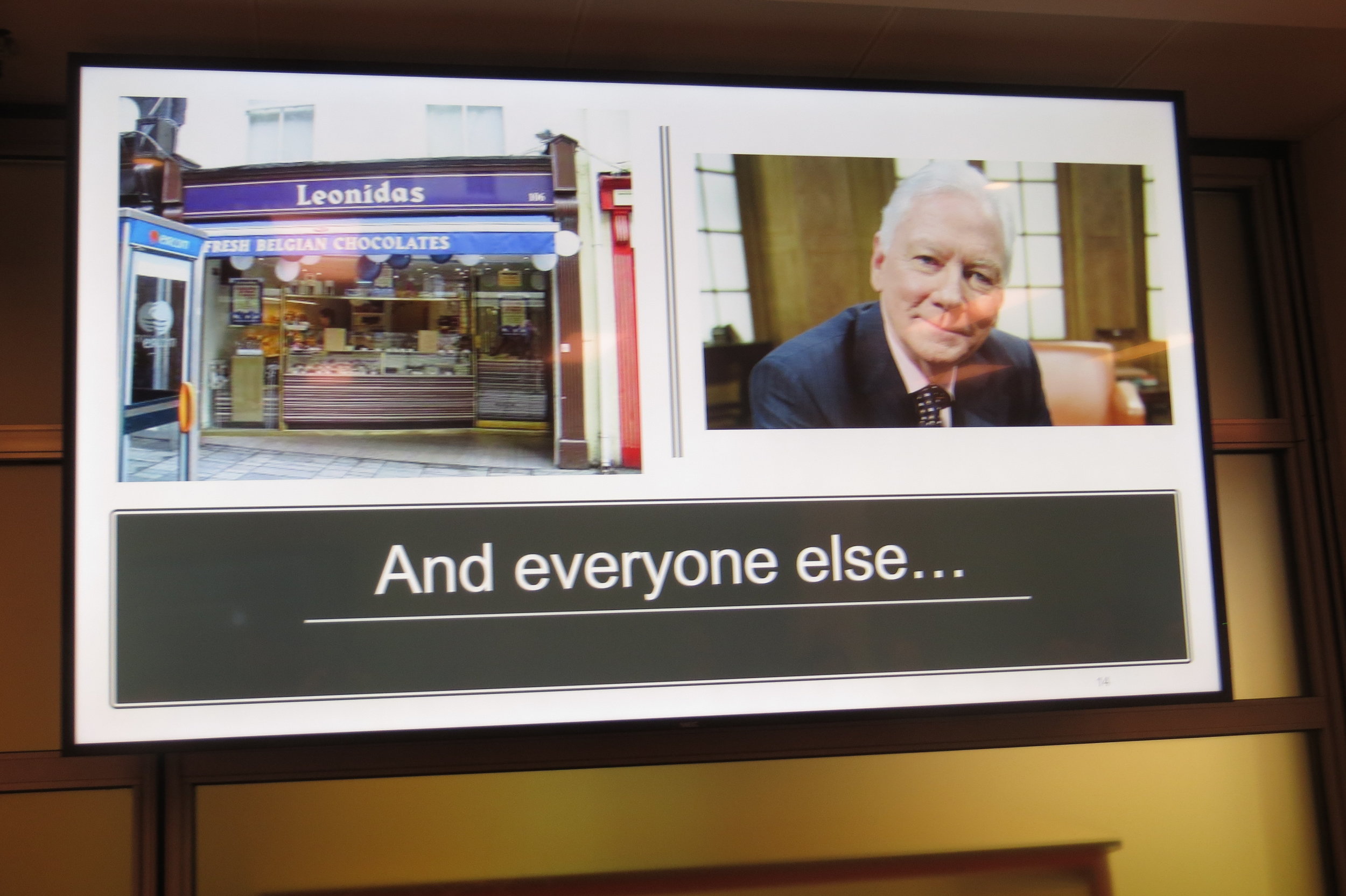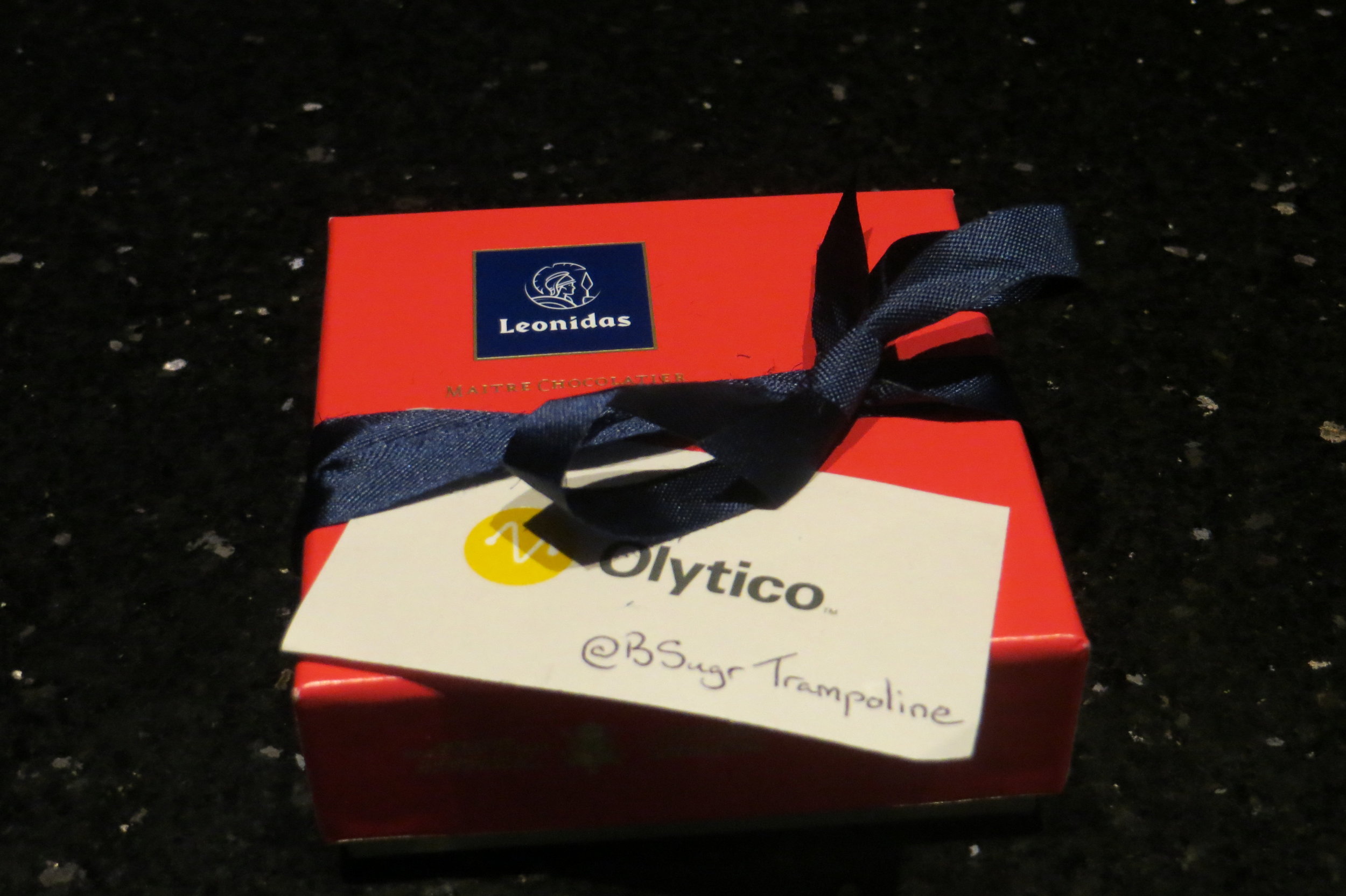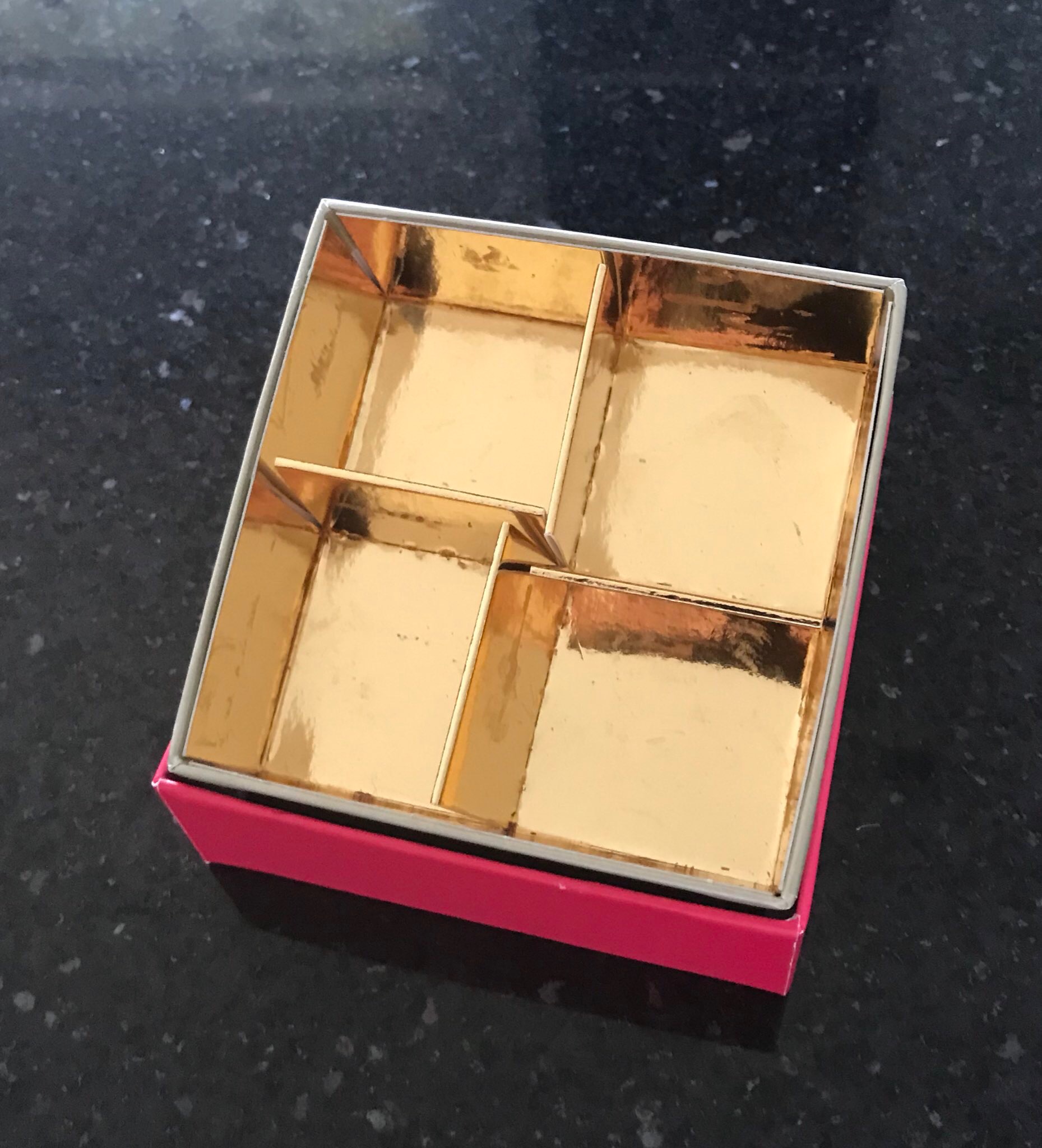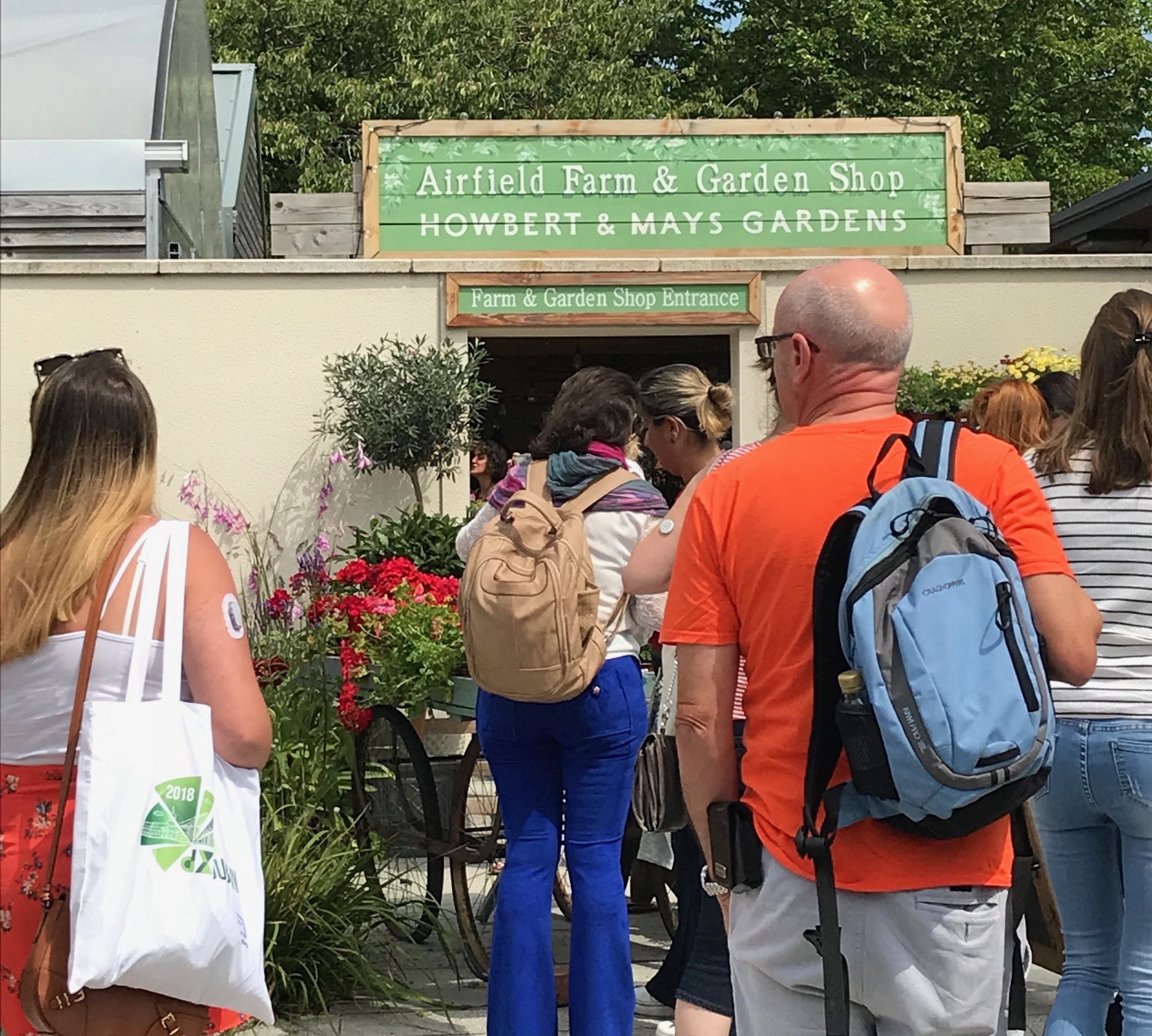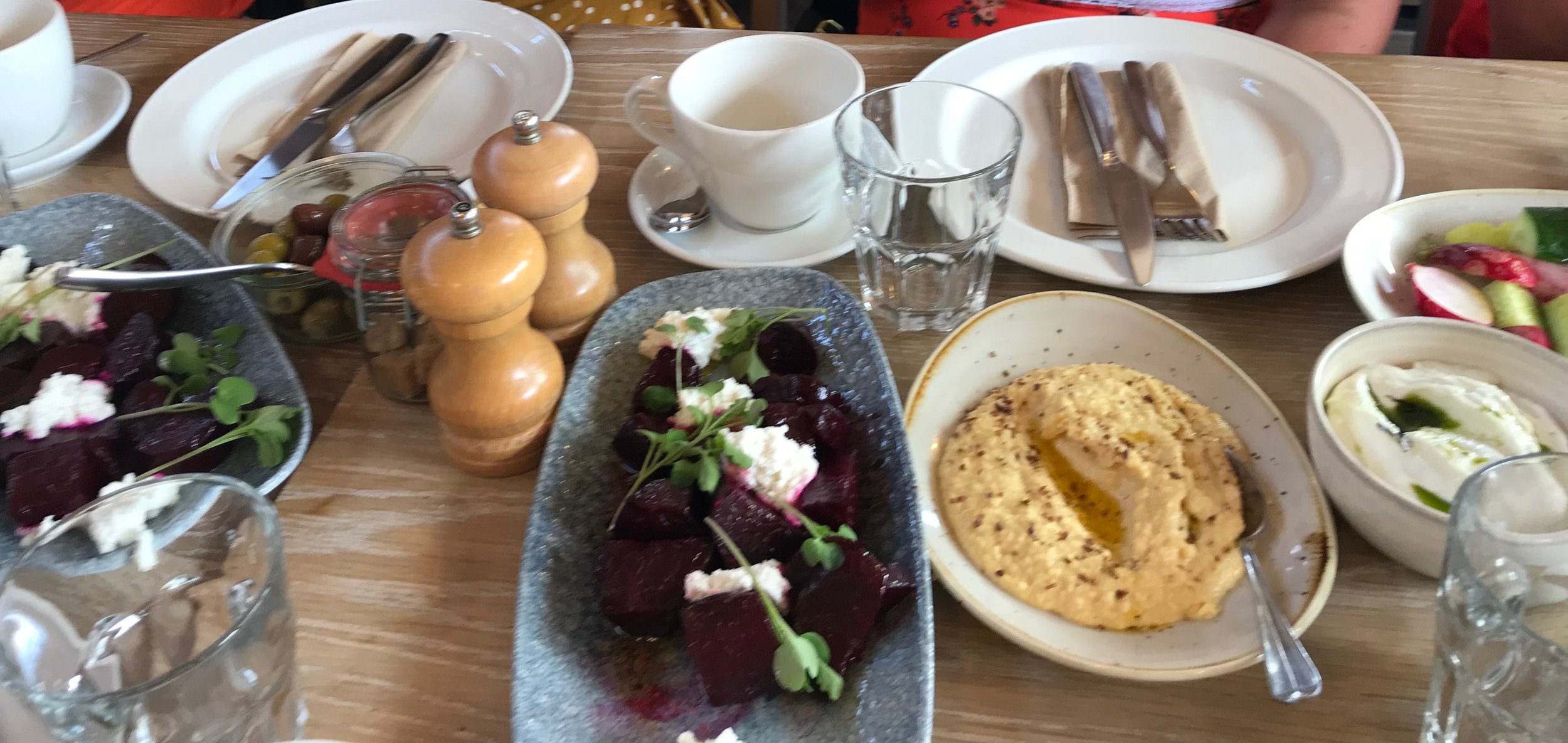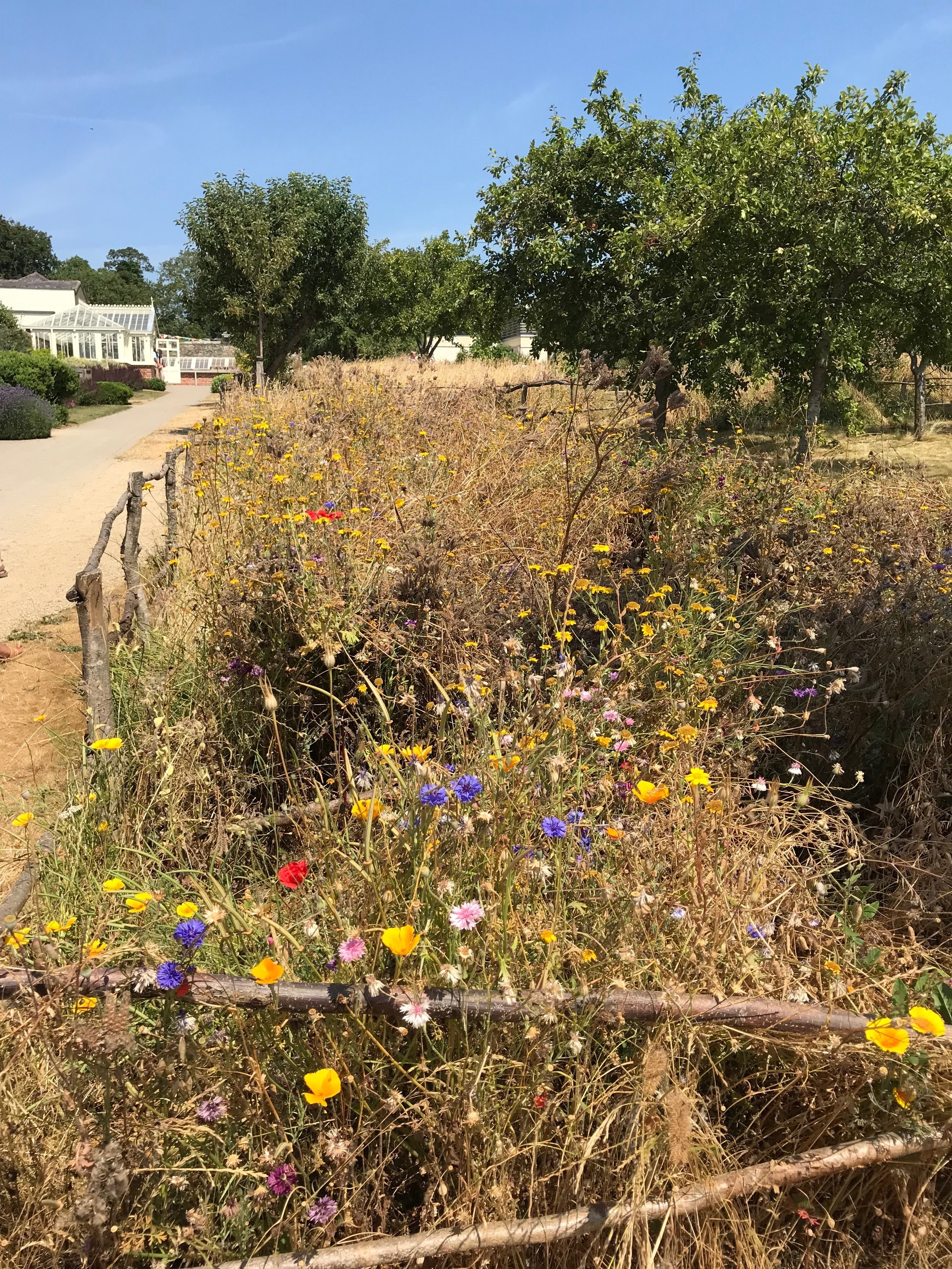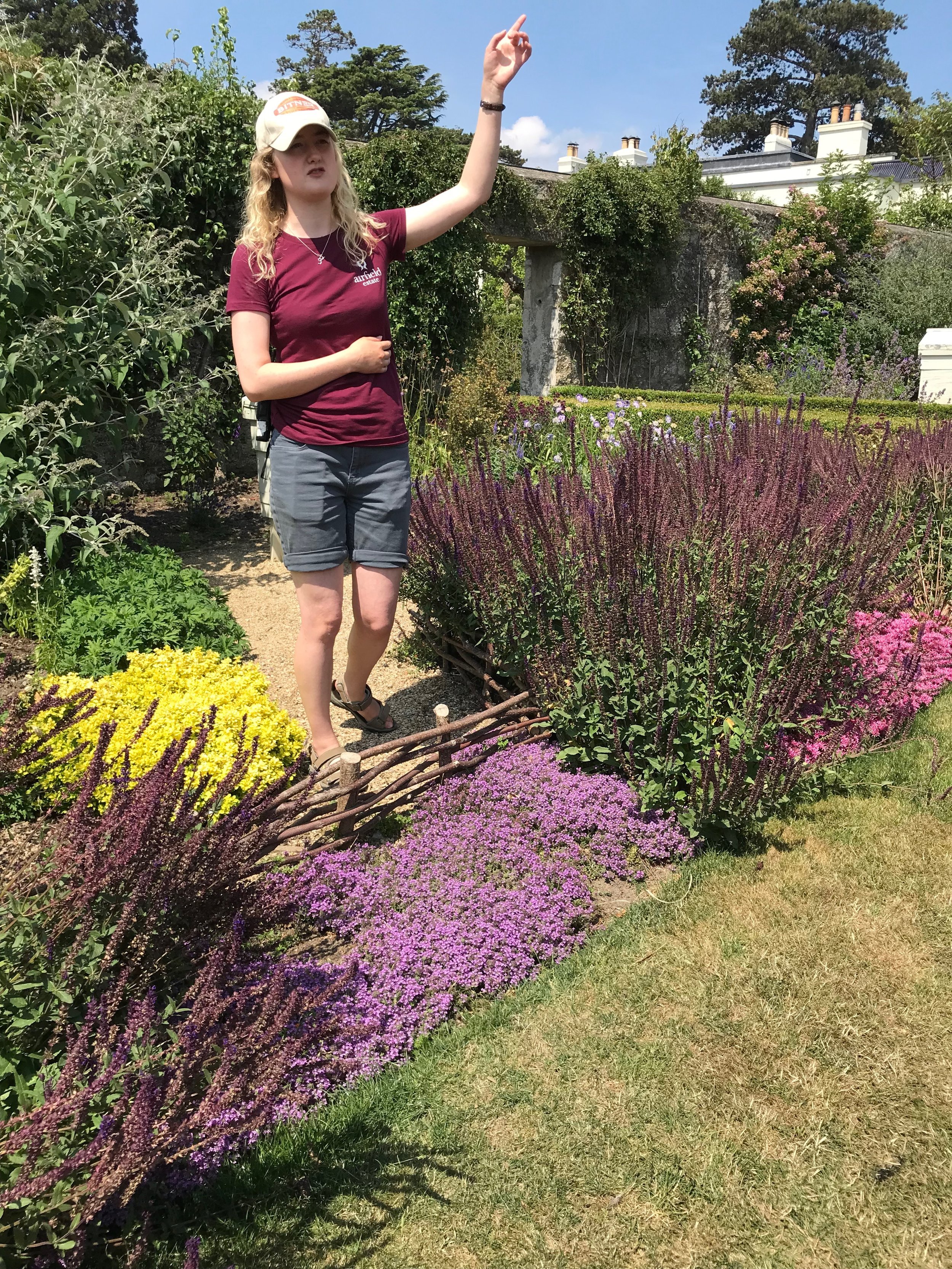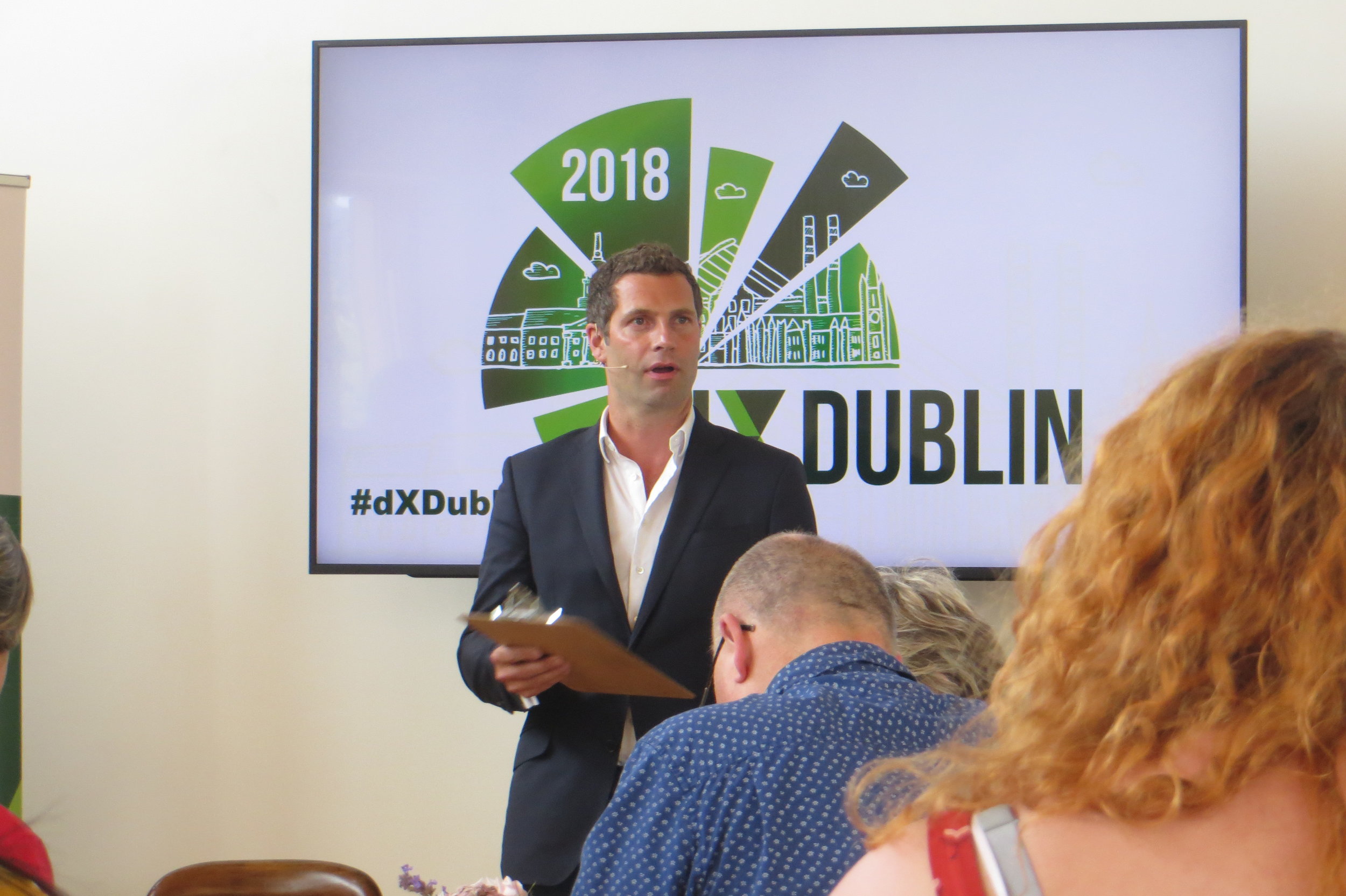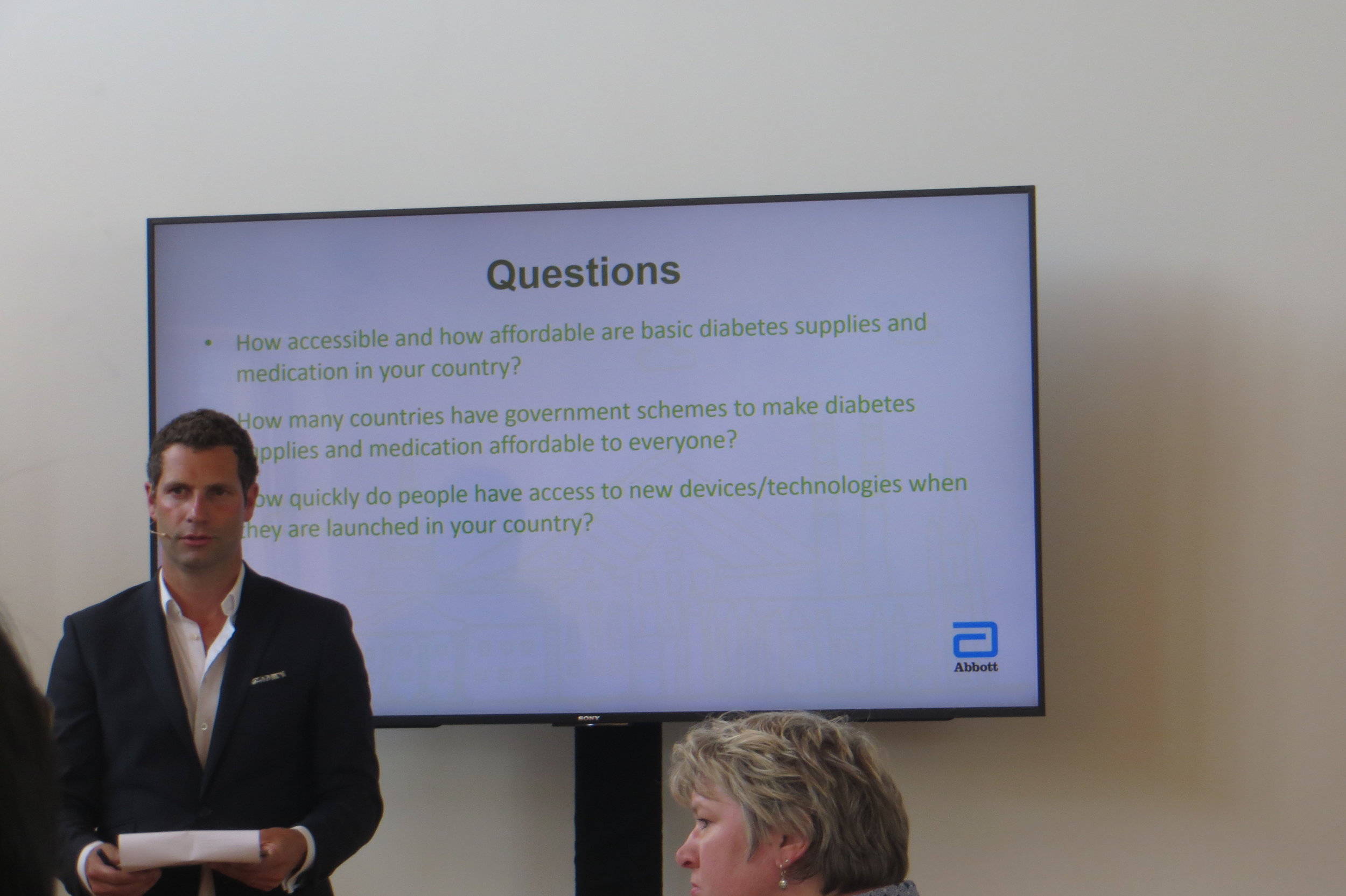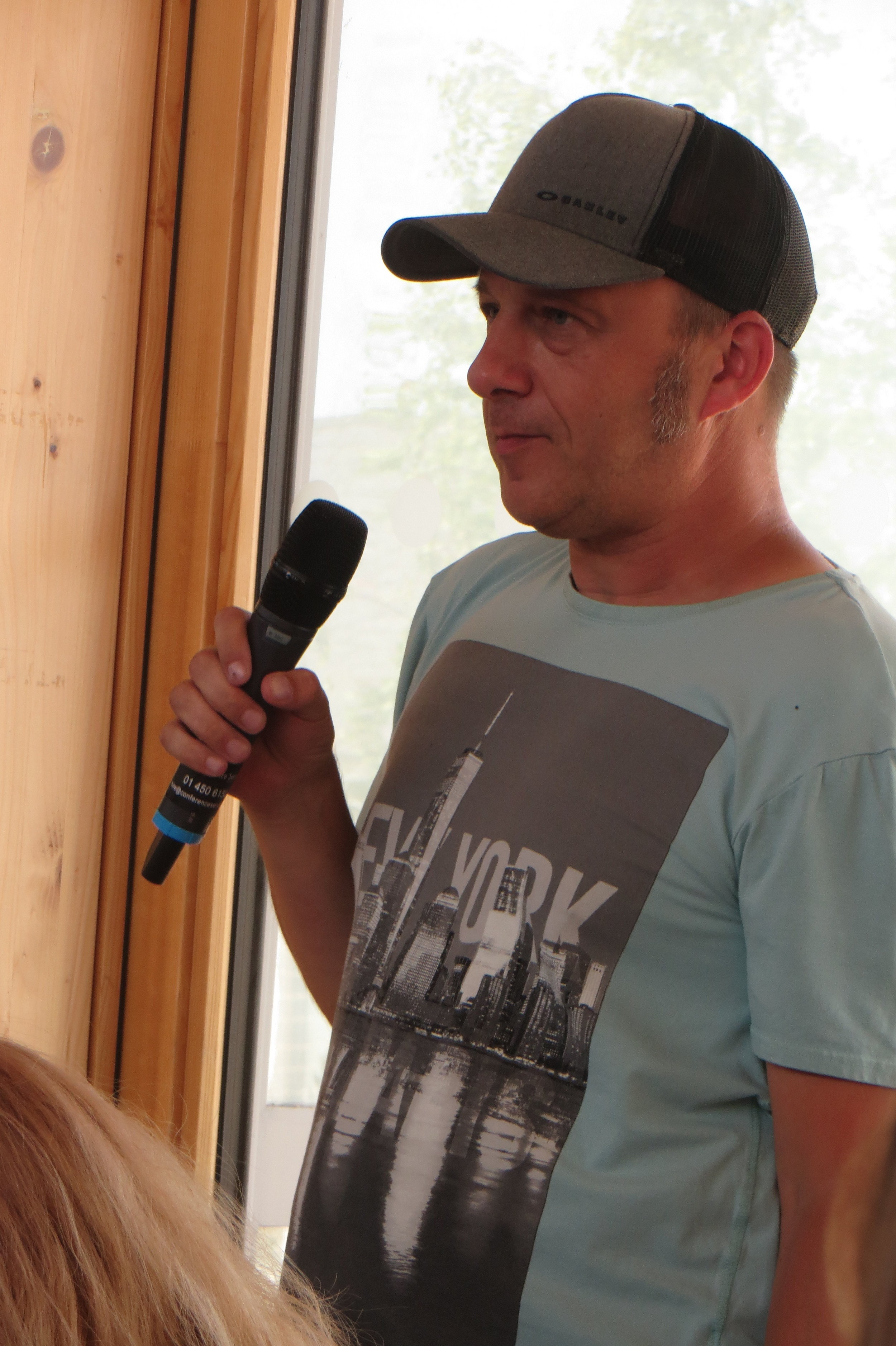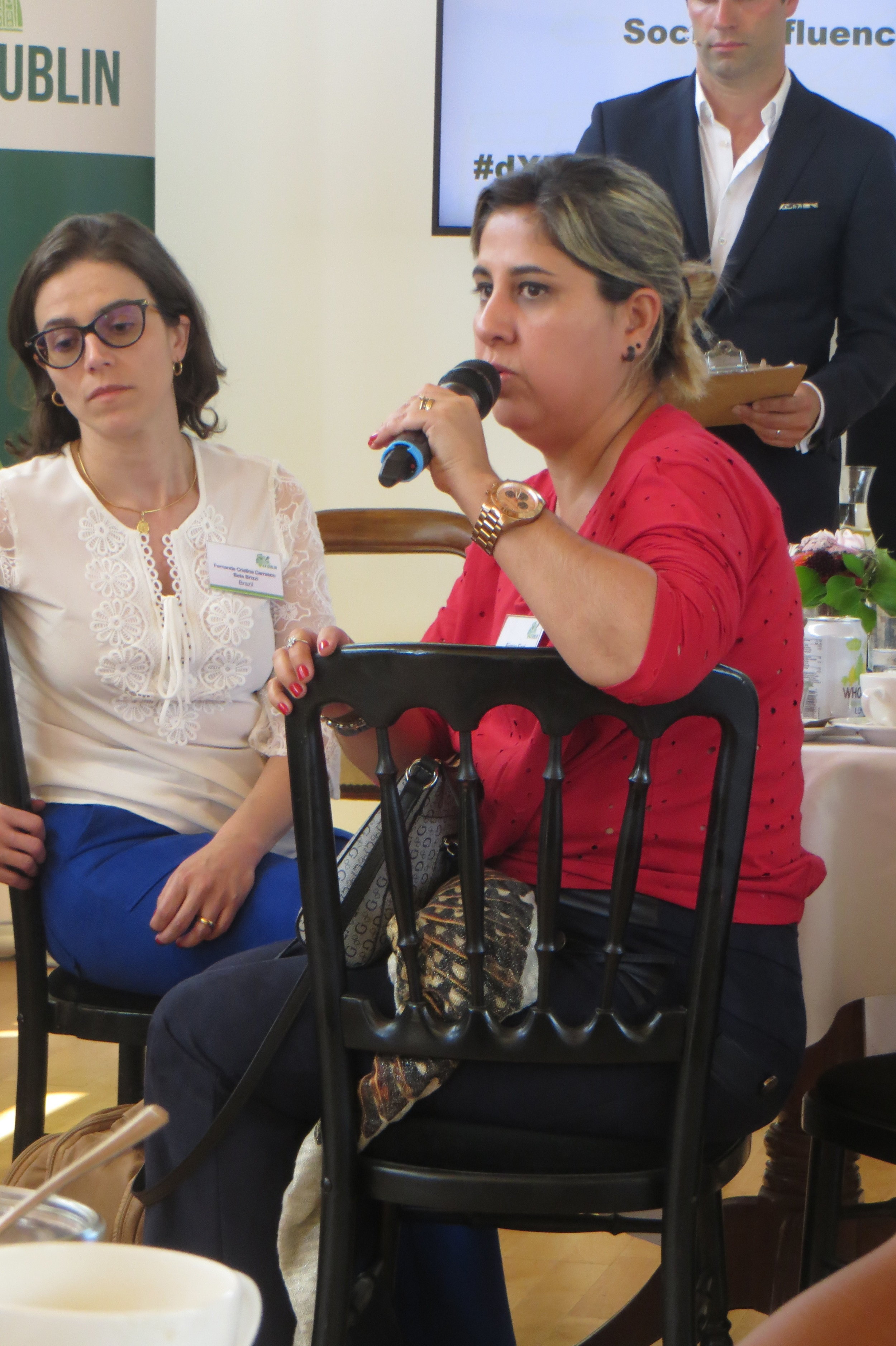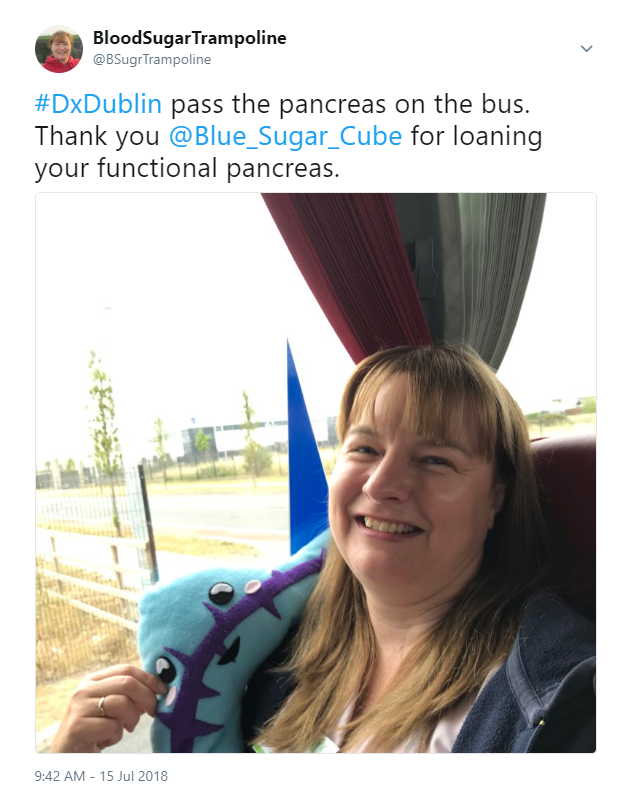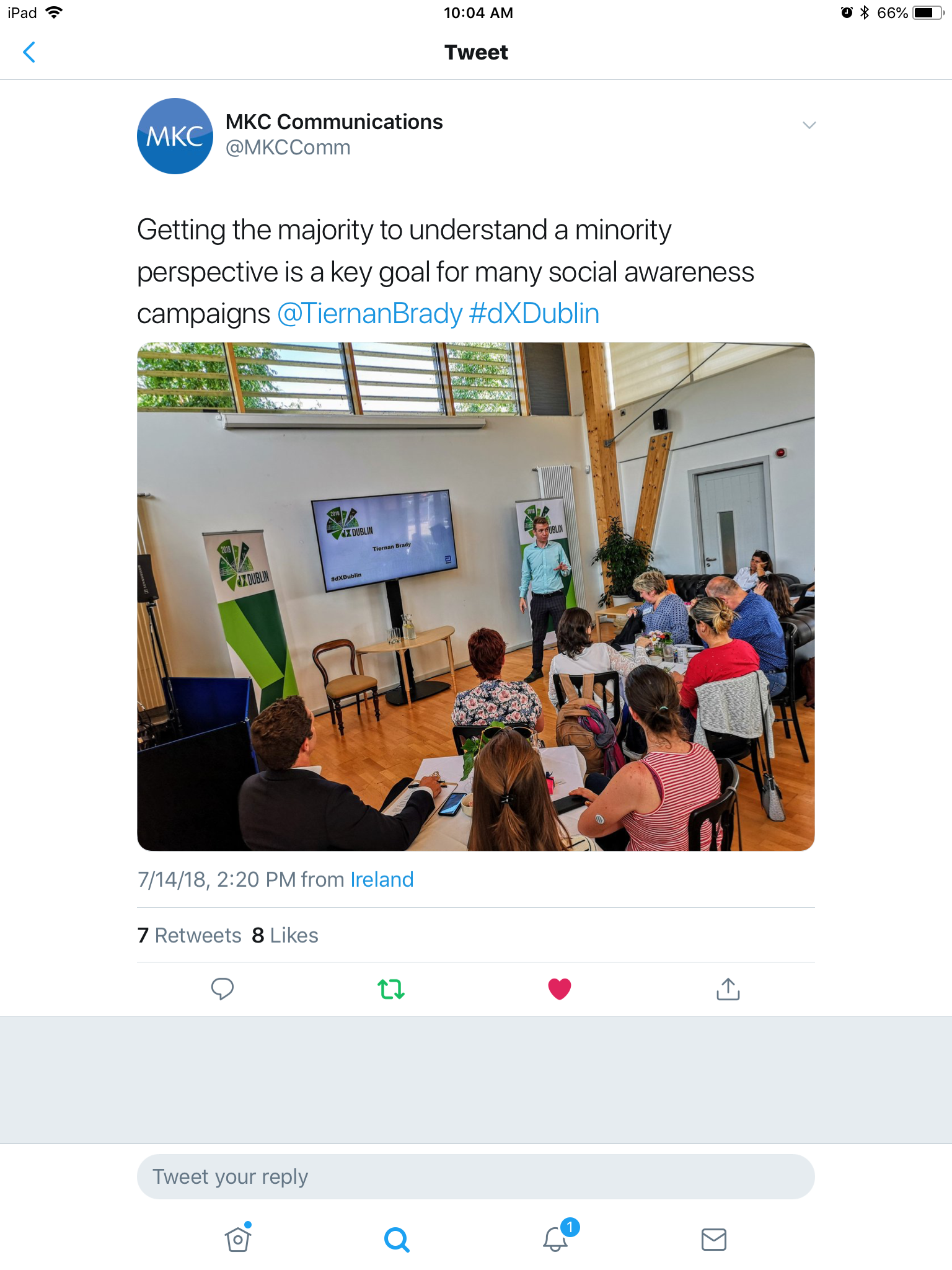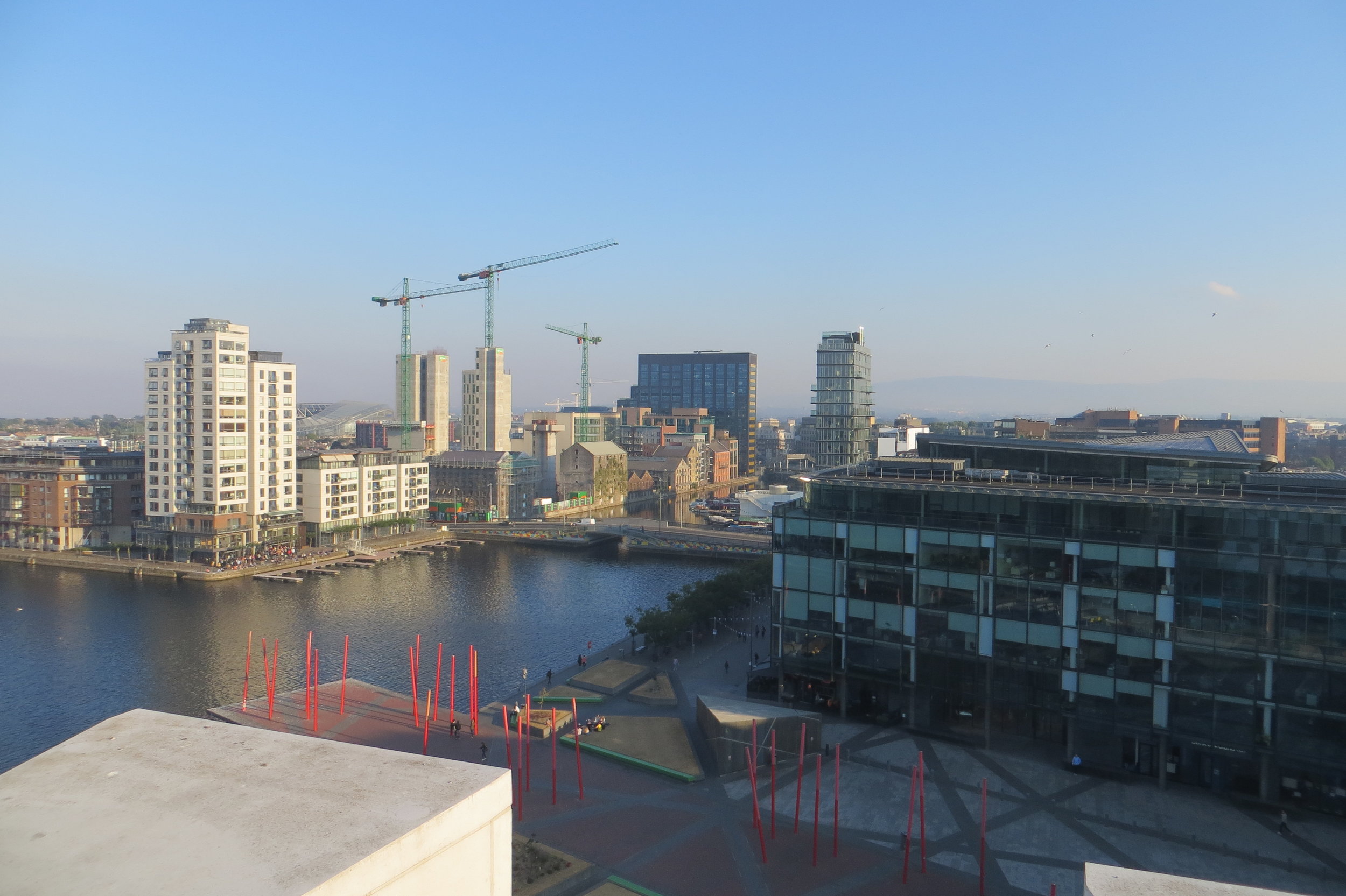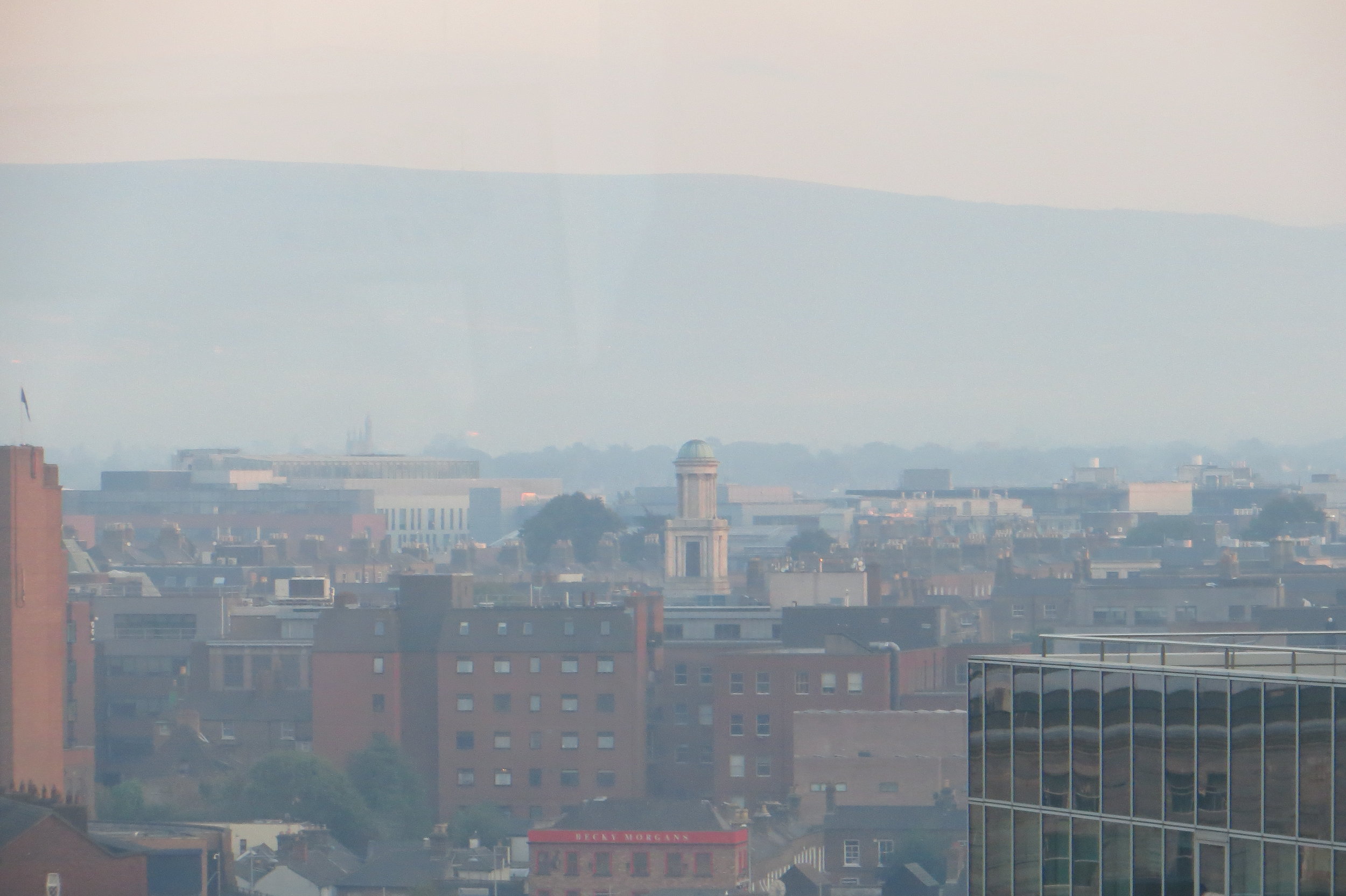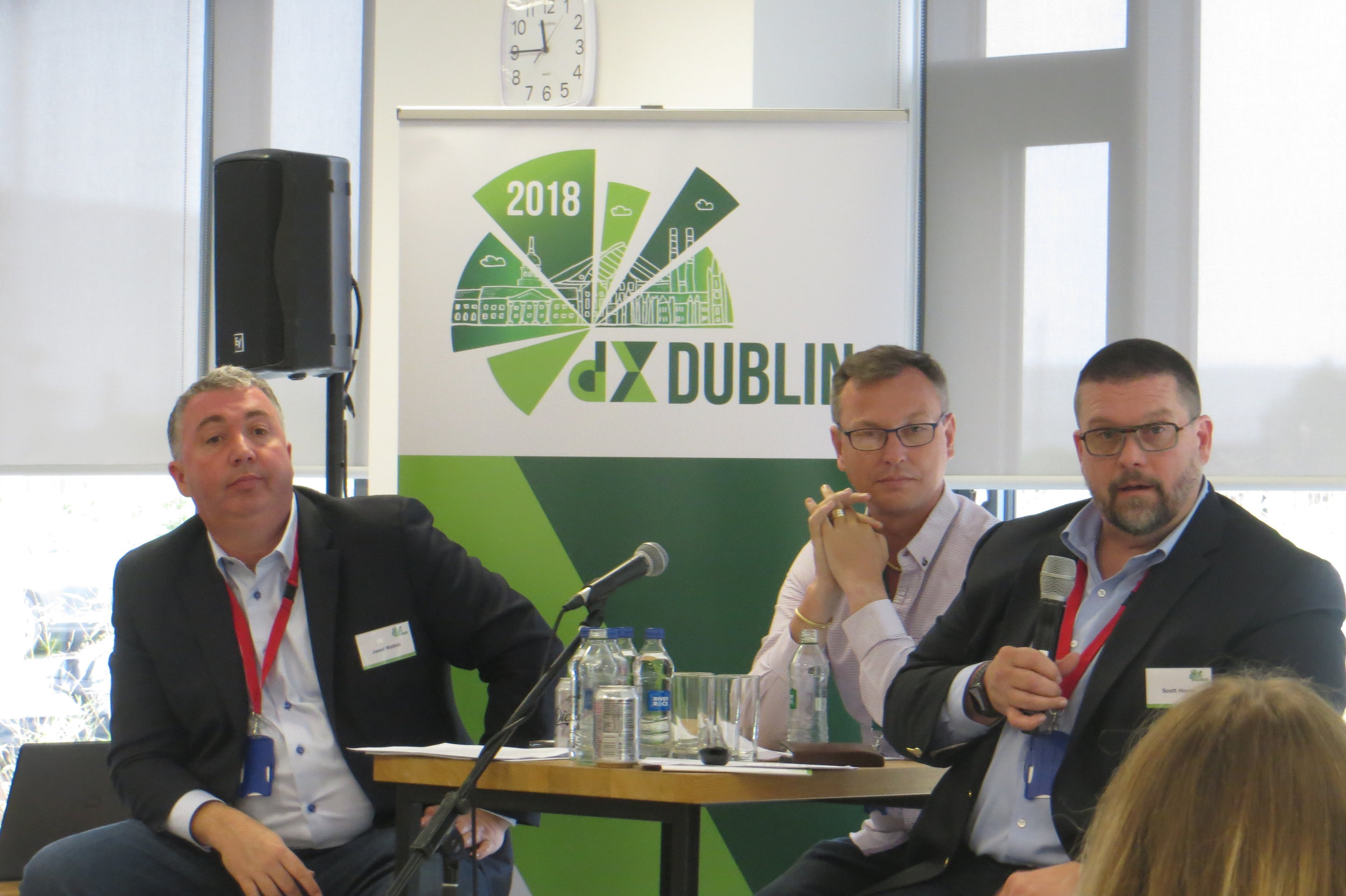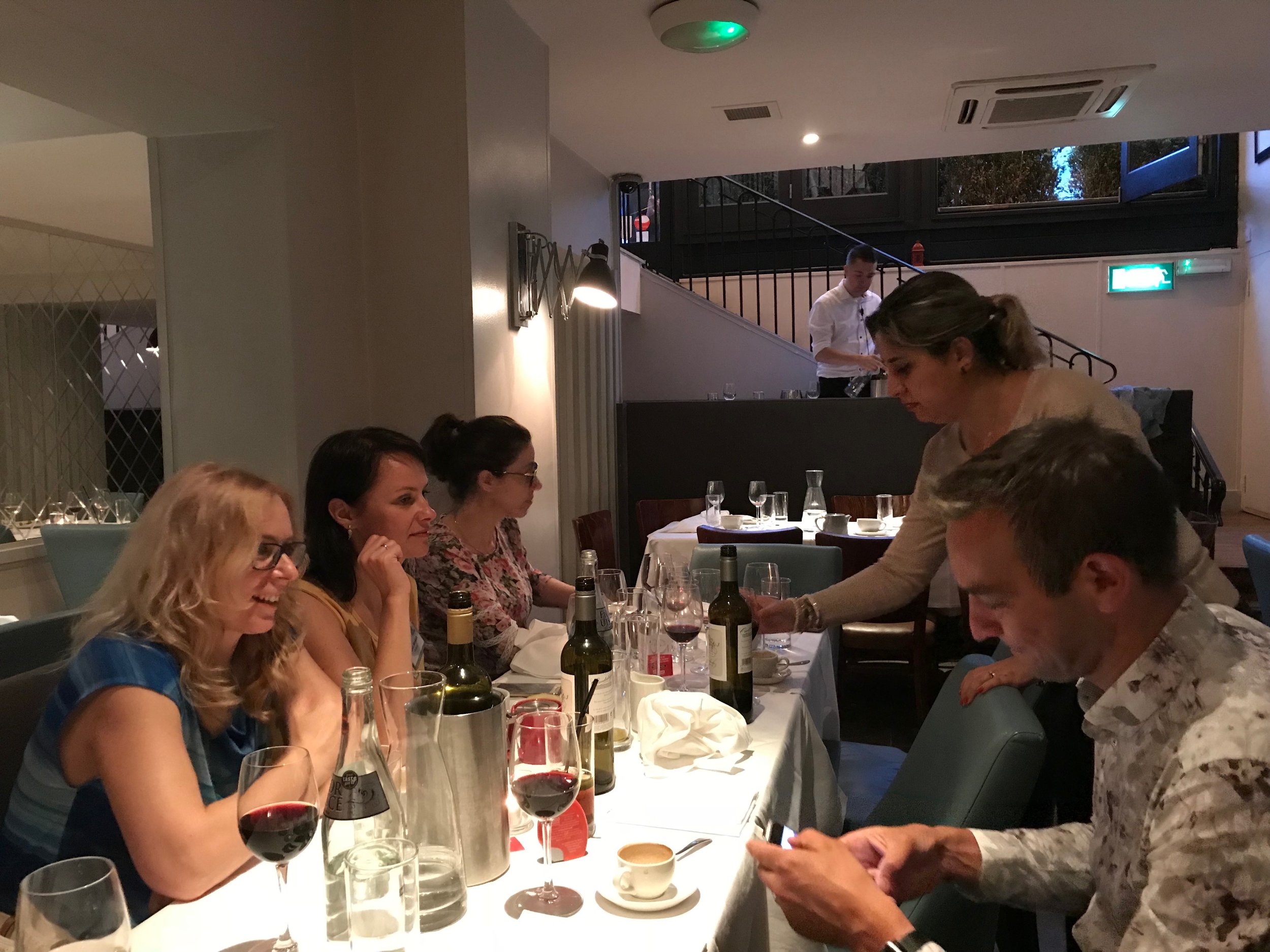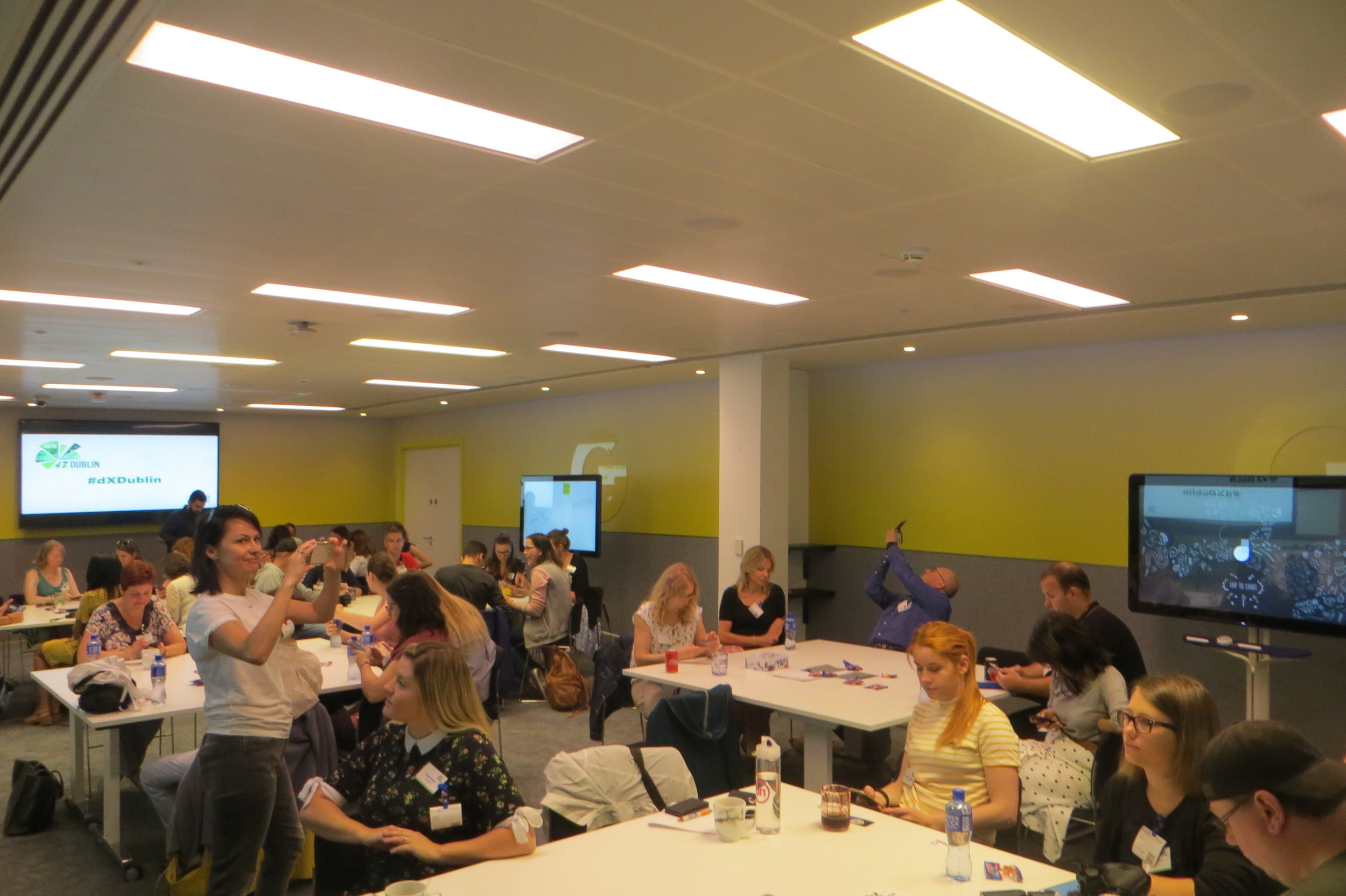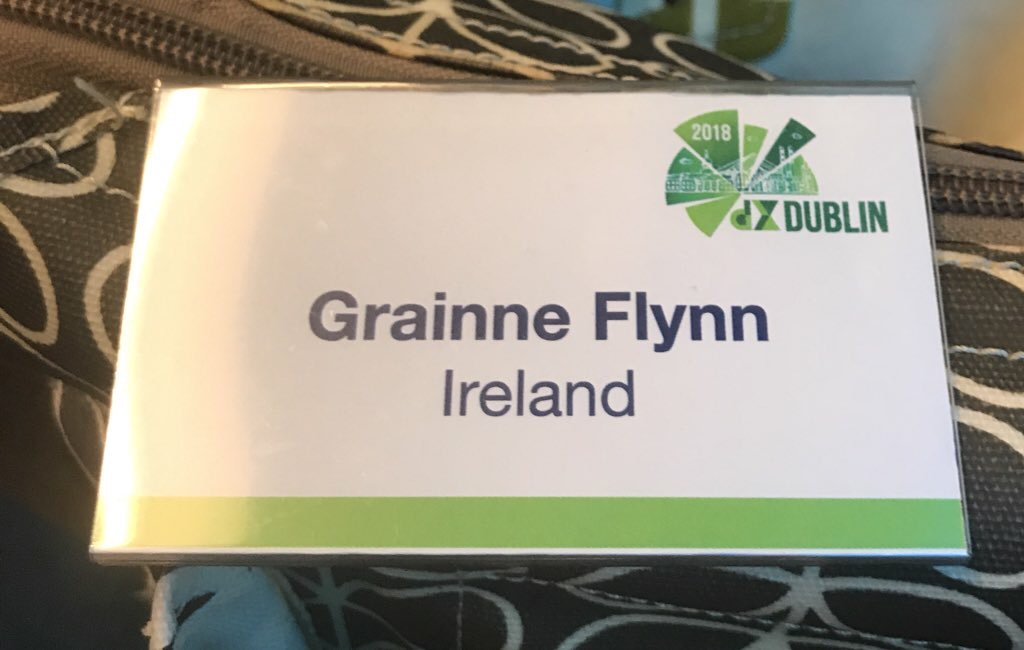A couple of weeks ago I noticed that my driving licence was due for renewal this month. Thankfully, the very next day, my renewal form arrived in the post, so that was nice, something I didn’t have to do.
However, I’m a little embarrassed to find out that what I’ve been telling other people with diabetes for the last couple of years about being able to get a ten year licence has been wrong. The way the guide is written for healthcare professionals means they can’t- they can only choose the one-year or three-year option for renewing.
“If meets medical standard a 1 or 3 year licence may be issued.”
Well, Fine! (Said with attitude) I’ll grumble a little about having to do this every three years it is, after all in the best interest of public safety including my own. I’m used to doing the extra to be safe.
Here’s what totally not at all FINE! Now I have to pay twice what a 10-year licence costs.
The 10 year driving licence renewal costs €55, the 3-year licence costs €35. I pay over €11.60 per year and my fellow drivers without medical conditions pay €5.50 per year. And that’s before I calculated how much more I have to pay in GP fees to have my fitness to drive form signed.
€11.60 versus €5.50
Another way to look at these figures is that over the next ten years I will pay one and a half times more: paying the NDLS €116 and my GP €150 making my ten years of licences cost €266 versus €55 + €50 = €105.
€266 versus €105
I complying completely with all that is necessary for me to be a responsible driver. I use my meter to check my glucose before and during a long drive. I make sure there is glucose in the car. I wear a continuous glucose sensor that alarms if my glucose levels are dropping and I pull over if they are.
In the UK, if you have a medical condition short term licence it is free to renew.
This is unfair! Why am I, and others, being financially penalized by the Irish National Driving Licence Service because I have diabetes?







